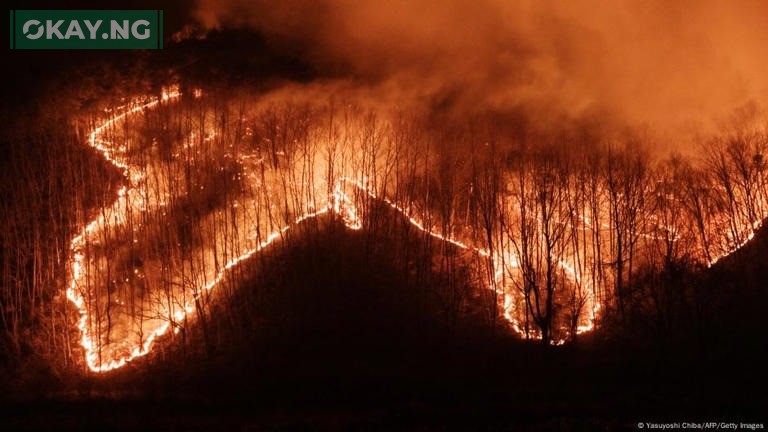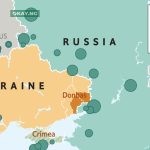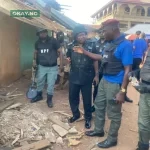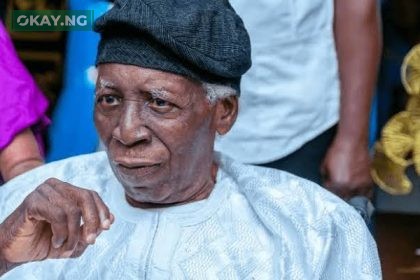A series of wildfires has ravaged South Korea, claiming the lives of at least 18 people and causing what the acting president described as “unprecedented damage.” Multiple blazes, which erupted over the weekend, have consumed vast areas of the southeast, leading to the urgent evacuation of approximately 27,000 residents. The rapid spread of the fires disrupted road networks and severed communication lines, triggering widespread panic as people fled their homes. The death toll escalated overnight as wind-driven flames swept through residential areas and destroyed an ancient temple.
According to the interior ministry, the wildfires have charred a staggering 17,398 hectares, with the blaze in Uiseong county alone accounting for a significant majority of the destruction. The government has responded by raising the national crisis alert to its highest level and implementing the extraordinary measure of relocating thousands of prisoners. Acting President Han Duck-soo, during an emergency safety and disaster meeting, characterized the wildfires as “developing in a way that is exceeding both existing prediction models and earlier expectations.” He reported that “throughout the night, chaos continued as power and communication lines were cut in several areas and roads were blocked.”
Eyewitness accounts from evacuees sheltering in an elementary school gym in Andong painted a picture of hasty departures, with residents forced to leave behind their belongings. Kwon So-han, a 79-year-old resident, described the overwhelming force of the wind and the rapid approach of the flames, stating, “The fire came from the mountain and fell on my house.8 Those who haven’t experienced it won’t know. I could only bring my body.” By Wednesday, the historic Hahoe Folk Village, a UNESCO World Heritage site, was under threat, prompting an emergency alert.
Despite the deployment of thousands of firefighters, the persistent strong winds, reaching speeds of 25 meters per second, hindered firefighting efforts, forcing the suspension of aerial operations.10 The changing wind patterns and dry weather conditions have “revealed the limitations of conventional firefighting methods,” according to the acting president. Hundreds of soldiers and US military helicopters have joined the effort to combat what Han Duck-soo described as “the most devastating” wildfires in South Korea’s history.
The severity of the fires has been attributed to unusually dry weather and record-breaking temperatures, with last year being South Korea’s hottest on record. The Korea Meteorological Administration reported an average annual temperature of 14.5 degrees Celsius, significantly higher than the preceding 30-year average. The Uiseong blaze was reportedly ignited by an individual tending to a family grave. The government has pledged emergency relief and financial support to the over 27,000 displaced residents. Apple farmer Cho Jae-oak recounted his desperate attempts to protect his home, stating, “When the fire was burning on the mountain, fireballs flew here,” before the encroaching flames forced him and his wife to evacuate.













